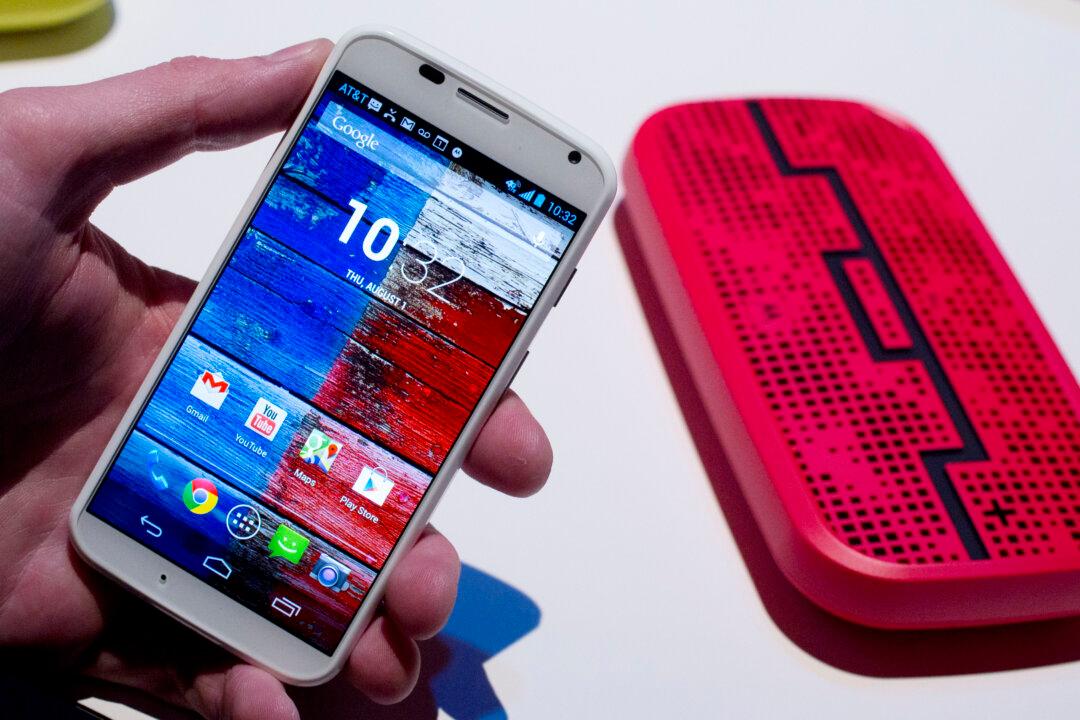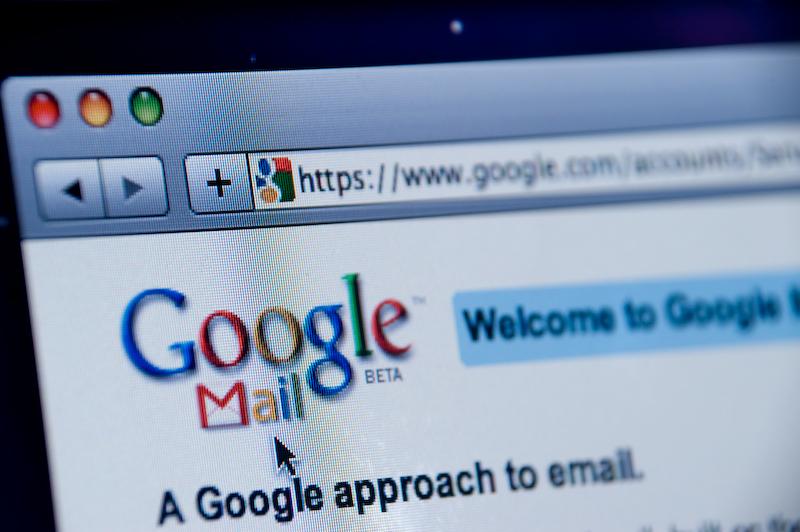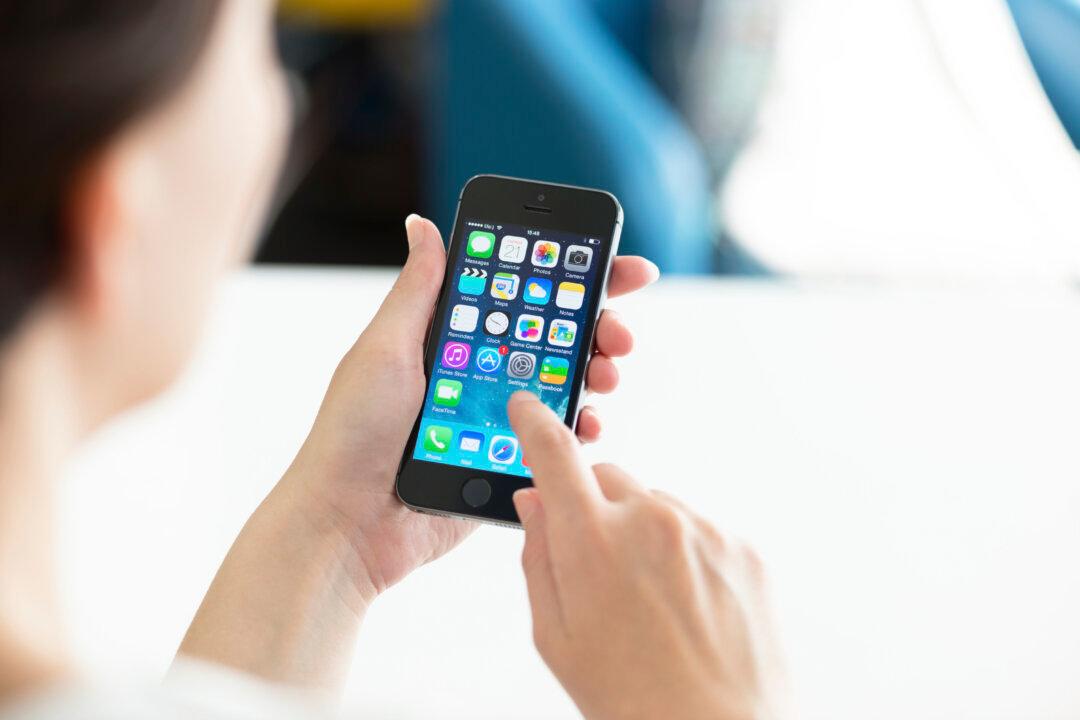Google wants to see passwords die just as much as the rest of us do, which is why it’s spent years coming up with wild experiments for new protocols that can replace passwords for good. One Redditor this week posted some details about getting early access to a new Google program that lets you log into your Google account just by authorizing access on your smartphone.
MUST WATCH: Incredible zero gravity experiments with water caught on camera
Here are the steps the user said they needed to take to get password-free access to their Google account:
- Go to google.com to test out the log in. (granted that I’m not logged in.)
- Enter in email address into sign in page and hit next.
- Next page tells you to check your phone and enter the challenge. (I had tried this morning and it didn’t ask me to enter a challenge. But as I was going through the process this time, I was had a challenge.)
- On the phone I get a notification “Trying to sign in?”
- Opening the notification I’m asked if I’m trying to sign in from another computer. I answer yes.
- Next I have to enter the challenge. In this case the number on the screen is 21.
- Now on my computer, I’m logged into the google page.
Here’s my issue with this: I’m not sure it’s really any less annoying than remembering and entering a password. It adds a lot of steps and requires you to have your mobile device on you. It sounds like it’s basically using the same kinds of techniques used for two-factor authentication but is just taking the password out of the equation.




